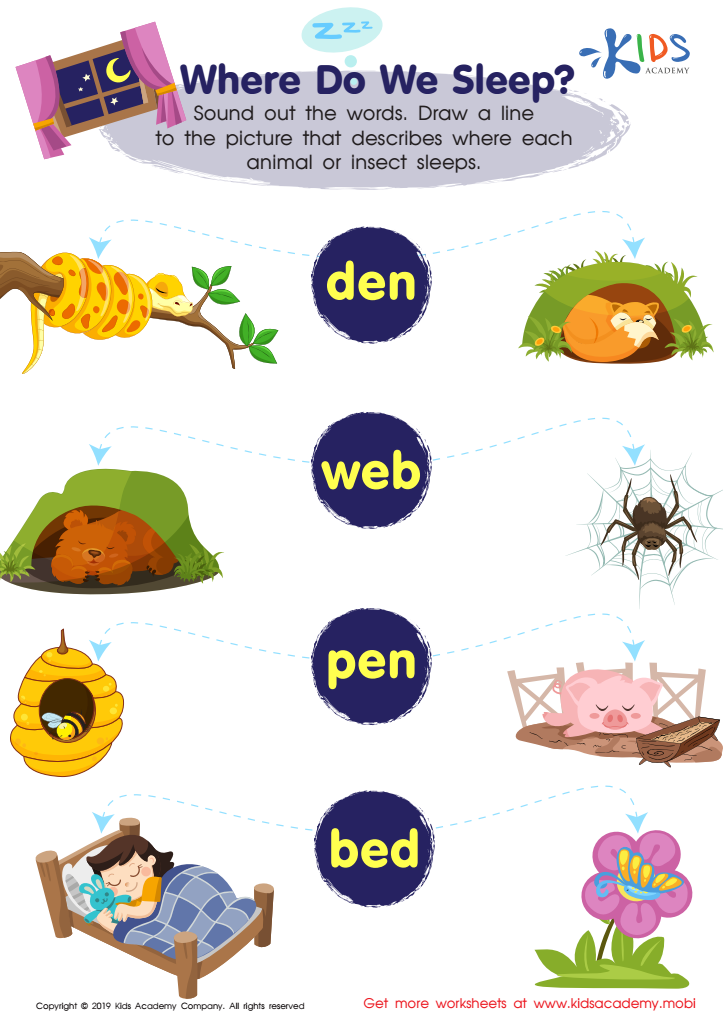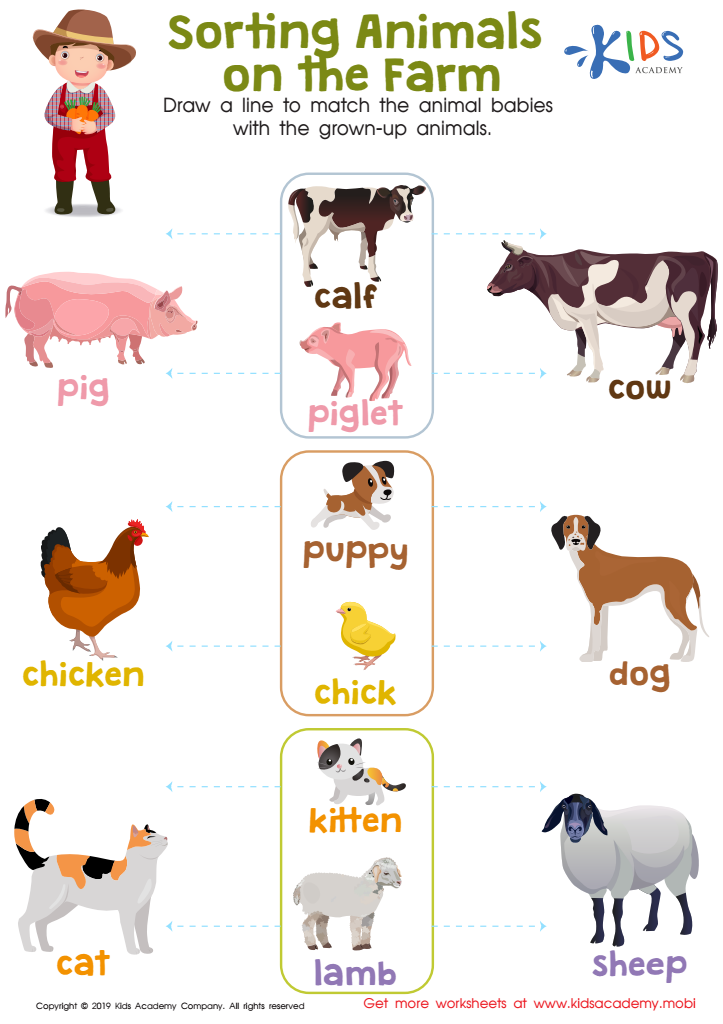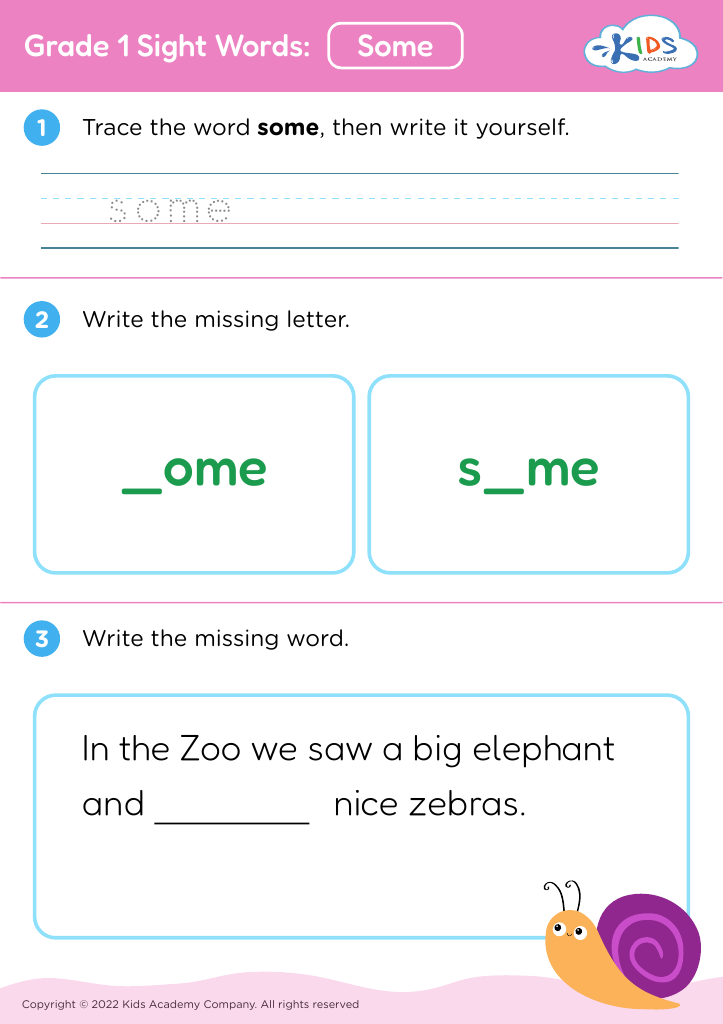Understanding habitats Building Vocabulary Worksheets for Ages 3-9
3 filtered results
-
From - To
Explore our "Understanding Habitats Building Vocabulary Worksheets" designed for children ages 3-9! These engaging worksheets offer young learners the opportunity to discover various natural environments, from forests to oceans. Each activity encourages vocabulary building through relatable terms and fun illustrations, fostering an appreciation for different habitats. Perfect for enhancing reading skills and understanding nature, our worksheets are adaptable for home or classroom settings. Spark curiosity and enrich vocabulary with interactive tasks that promote critical thinking and creativity. Get started today and help your child deepen their knowledge of the world around them while developing essential literacy skills!


Where Do We Sleep Worksheet


Sorting Animals on the Farm Worksheet
Understanding habitats and building vocabulary are crucial for children aged 3-9 as they form the foundation for lifelong learning. Habitats represent the diverse environments where plants and animals live, and by introducing this concept, parents and teachers foster children's appreciation of nature and biodiversity. Exploring different habitats—like forests, oceans, and deserts—provides opportunities for children to learn about ecosystems and the interdependence of living things, promoting scientific inquiry and critical thinking skills.
Moreover, building a robust vocabulary is integral to effective communication and comprehension. It enhances children's ability to express ideas, ask questions, and engage in conversations about their learning experiences. When children learn specific terms related to habitats—like “ecosystem,” “biome,” or “nocturnal”—they gain the language tools necessary to describe their observations and understanding of the world around them.
Additionally, these skills encourage curiosity, creativity, and discovery. Engaging activities, such as storytelling, hands-on exploration, and interactive discussions about habitats, help solidify vocabulary and encourage cognitive development. Therefore, investing time in these areas allows parents and teachers to enrich children’s educational experiences, setting the stage for their future academic success and fostering a deep connection to the environment.
 Assign to My Students
Assign to My Students







.jpg)









